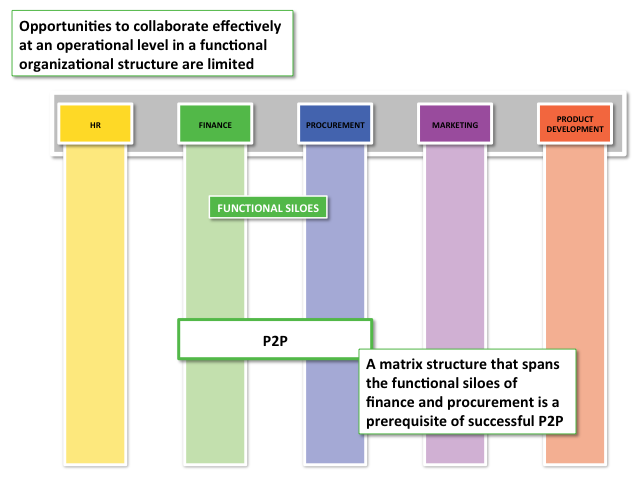30 Jan Parliamentary inquiry on e-invoicing invoicing – a session of contrasts
Posted at 15:11h
in AP Automation, e-invoicing, Electronic Invoicing, Public Sector Procurement, Purchase to Pay
On Monday morning I had what I thought was a slight cold. Sniffing, I headed to London. By late morning, it was a proper cold and by the time I arrived in Westminster for the second sitting of Stephen McPartland’s parliamentary inquiry into e-invoicing, I’d developed full blown man-flu.
This was a session characterised by contrasts. Forthright opinions together with cautiously expressed views. Good news mixed with disappointing revelations. But overall a great second session.


